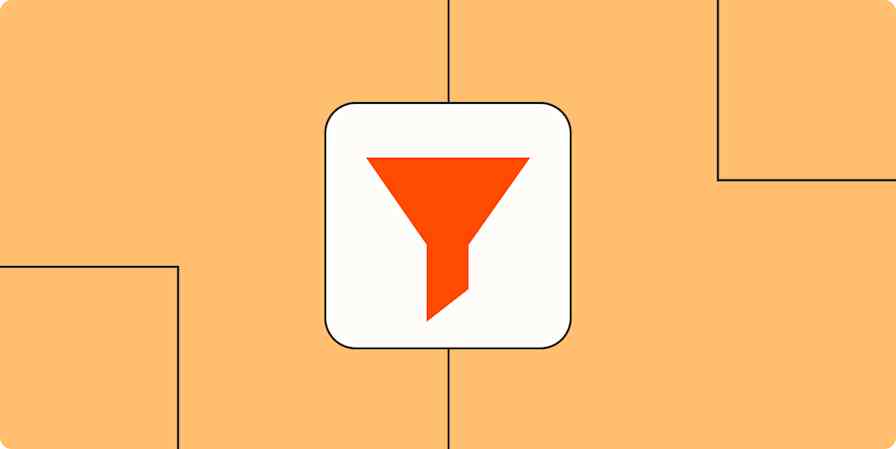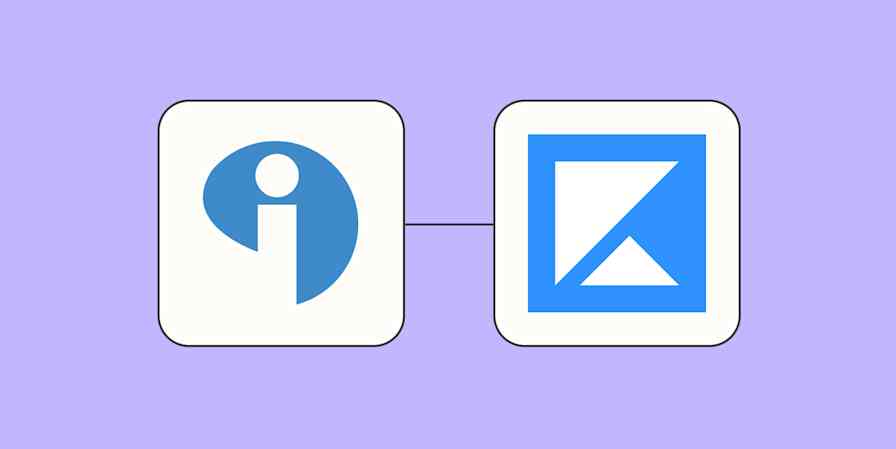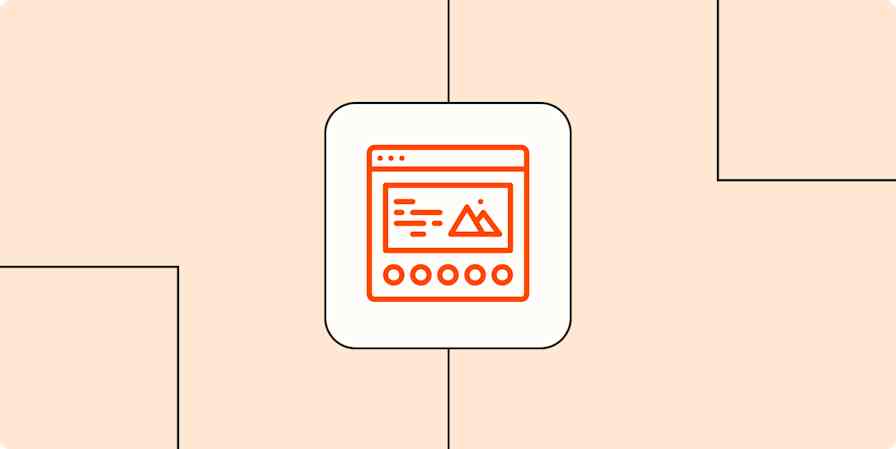I haven't met a business that isn't using cold emailing for lead generation. It's a great tool, I agree, but the number of folks using it invites low-quality competition that floods inboxes.
Creating hyper-personalized outreach is one of the easiest ways to stand out and increase your chances of building relationships with potential customers. And the best way to do that is with lead enrichment: learning more about your leads, so you can get the right message out to them.
Here, I'm going to share a few ways I like to enrich my prospect list for the best results.
Why enrich lead data?
The benefits of enriching a prospect list are pretty straightforward:
It improves targeting accuracy
It leads to better open and reply rates
It helps build strong relationships with potential customers
But the primary reason I like to enrich my prospect lists is different: it allows me to build creative and relevant angles. I can't do this with basic data points like first name, title, company website, and email address, especially because I know I'm competing with other cold emailers who have the same data points. Angles matter, and the more information you have, the better your angle.
3 lead enrichment tools to try
Especially with new AI sales tools available, the options for enriching lead and prospect data are practically endless. You don't even need any technical skills to get the job done. With that in mind, these are the three data enrichment tools I've found the most effective to enrich my lists.
1. Clay
Clay is a data automation platform that helps you build enriched prospect lists. With over 75 enrichment tools and a built-in AI agent, it's easily the most powerful enrichment tool I've come across. The only downside is that it gets expensive if you don't use the credits efficiently.
The most common use case for Clay is the waterfall enrichment feature. Instead of relying on a single tool (such as Apollo or ContactOut) for prospect data, Clay will methodically cycle through each provider until data is found.
There are endless ways to leverage Clay, but here's my favorite: I recently installed a duplicated template from their library called "AI-Generated ICP and Target Customer."

This specific automation allows me to enter a business name, like Zapier, and it will find the domain, LinkedIn profile, the problems the business solves, and the target ideal customer profile (ICP). Why does this matter? Because sending a cold email that mentions a company's target ICP and the problems they solve is far more likely to be taken seriously.
You can do even more with Clay when you connect it with Zapier, so you can automatically create new records or find data in Clay based on actions you take in other apps. Learn more about automating Clay or get started with one of these workflows.
More details
More details
More details
Zapier is the most connected AI orchestration platform—integrating with thousands of apps from partners like Google, Salesforce, and Microsoft. Use interfaces, data tables, and logic to build secure, automated, AI-powered systems for your business-critical workflows across your organization's technology stack. Learn more.
2. GPT for Sheets and Docs
GPT for Sheets and Docs is a simple Google Sheets add-on that lets you easily use the power of GPT inside your spreadsheets. I use it instead of Clay when I need something fast, simple, and cheap. The extension was originally free and only required your OpenAI API key, but since it's become so popular, it now requires you to buy a pack of 44M tokens for $44. Regardless of your use case, this is probably more than enough to experiment and enrich prospect data.
Watch the video demo to see how it works.
I've used this tool for things like enriching a list with companies' IPO years, specific industries, and the neighborhood based on company address (e.g., "Dogpatch" in San Francisco). But of course, this is only scratching the surface—the more creative you are with your prompts, the more value you'll find.
You can then automatically move that data from Google Sheets to the other apps you use by connecting Google Sheets to Zapier. Learn more about how to automate Google Sheets, or get started with one of these pre-made workflows.
More details
3. Ahrefs Batch Analysis

Ahrefs is a popular SEO tool used to stay updated on website performance, identify new opportunities, and conduct competitor analysis. Even though it's built for digital marketers tracking SEO metrics, I find it a great way to enrich prospect data. If you're an agency conducting outreach, you can enrich your prospect data with traffic analytics, domain rating, and other metrics that could help build more relevant angles. Here's a quick guide.
In my experience, Ahrefs isn't always 100% accurate, but there are few tools I've come across that will let you run a batch analysis on these data points as seamlessly as it does.
8 lead enrichment ideas to help you personalize outreach
In a world where you can get basically any data point you want in seconds, it's easy to overdo it. Quantity does matter, but not all enriched data is useful. Here's the data I think is the most valuable.
1. Your prospect's target ICP
Uncovering your prospects' target ICP is especially helpful for marketing agencies, branding agencies, and other lead-gen businesses. It allows the angles you use to mention the type of customers you'll help your prospect attract through your service.
2. Software installed on the company website
This one's particularly important for SaaS companies. Identifying the software installed on the prospect's company website (using a tool like BuiltWith or Clay) will help you better understand the problems they're likely facing—especially if you're familiar with the downsides of some of their tech stack. In some cases, it's even more useful to mention that they're not using a specific app that might be a good opportunity for them.
3. Problems your prospect is likely facing
Identifying problems your prospects face is an easy way to establish trust, generate interest, and align your solution with their needs. You don't need to talk about every problem: just mention one or two that you're confident you can help solve.
4. The specific location of the prospect's office
For anyone offering location-based services, like commercial real estate or commercial cleaning, knowing a precise location is crucial. It's also relatively easy to do, especially since most data platforms, like Apollo or Clay, will provide the office address of the prospect's company. From there, you can leverage Clay or GPT for Sheets to enrich the prospects with the name of the neighborhood. That way, instead of saying you offer services in New York City (which is broad), you can mention that you serve clients in the East Village (which is specific).
5. The monthly traffic of the company website
For starters, you can use monthly traffic to verify that your prospect is the right size-match for your business. You can also use it as a data point in the email you write—which is especially important if your product or service becomes more useful with high-traffic websites. Just remember that tools like Ahrefs aren't always spot on, so you'll want to make it clear that your number is just an estimate.
6. The company's competitors
There are a lot of reasons to know your prospects' competitors. For starters, if their competitors are your clients, you might be able to inject a bit of FOMO. But it can also give you a nice angle to talk about how the prospect can stand out in their industry.
7. Company case studies
Company case studies will help you get a better sense of what your prospect considers success for their customers. Then, you might focus your cold email on their customers—how can you help them help their customers? It's a unique angle in a sea of cold emails talking just about how people can help the company itself.
8. Behavioral insights
If you know, for example, that your cold lead tends to comment on LinkedIn posts about a specific topic, you can be pretty confident that it's a topic that interests them. Use that information to craft a relevant angle.
Add a human element to your lead enrichment
There's no doubt enriching your prospect list will help you write personalized cold emails. But since you're using (sometimes very new) technology to get it done, I highly recommend spending time spot checking the data points to ensure it's at least mostly accurate. The last thing you want to do is spend time and money enriching your prospect list with bad information that messes up your campaigns and loses trust with your prospects.
Related reading:









